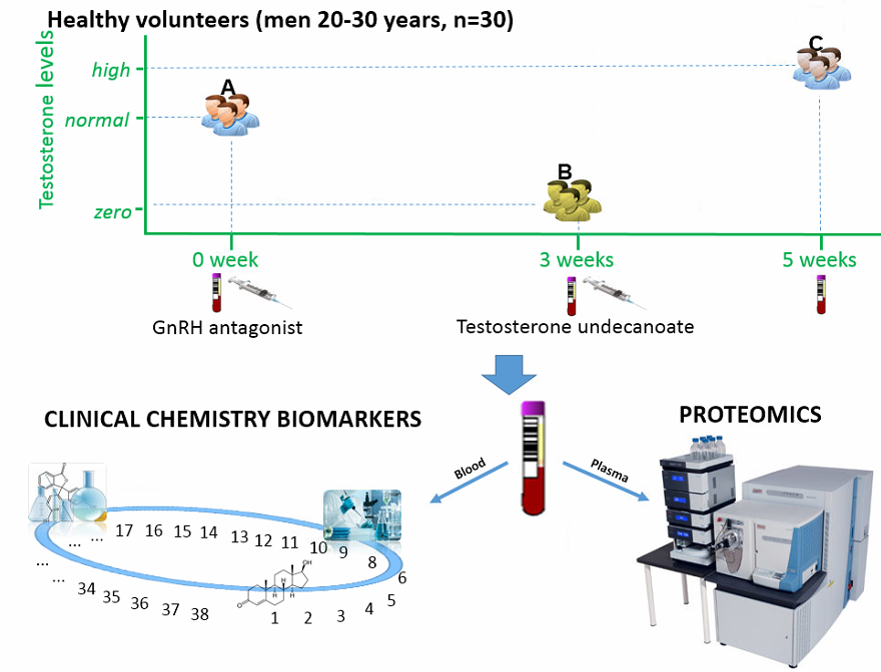Clinical Chemistry Study Reevaluates Low Total Testosterone Thresholds

A recent study published in Clinical Chemistry by Adith S. Arun, Thomas J.S. Durant, Joe M. El-Khoury, and Harlan M. Krumholz has initiated a reevaluation of the established threshold for low total testosterone. The research, appearing in the May 2025 issue (Volume 71, Issue 5, Pages 609–611), addresses a critical diagnostic parameter in men's health. Noted researcher Crémieux highlighted the study's concise nature on social media, stating, "> The study is just two pages, three with references. Here's the full thing: https://t.co/RHxaEVrnWo."
The reevaluation of low total testosterone thresholds carries significant implications for clinical practice, impacting the diagnosis and subsequent treatment of hypogonadism. Current guidelines often rely on specific numerical values to define testosterone deficiency, which can influence decisions regarding hormone replacement therapy and other interventions. Adjustments to these thresholds could alter diagnostic rates and patient management strategies globally.
Published in a peer-reviewed journal of high standing in laboratory medicine, the study's brevity, as emphasized by Crémieux, suggests a focused and impactful contribution to the field. Its concise format, spanning only two pages plus references, demonstrates that significant scientific insights can be conveyed efficiently without extensive length. This approach can facilitate quicker dissemination and integration of new findings into medical discourse.
Crémieux, known for their commentary on genetics, metrics, and demographics, often critically examines the quality and communication of scientific research. Their decision to highlight this particular study underscores its potential importance or noteworthy methodology within the scientific community. The study's publication in a reputable journal like Clinical Chemistry further solidifies its credibility and potential influence on future diagnostic standards for testosterone levels.